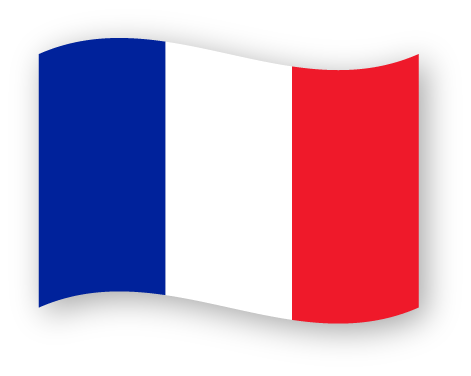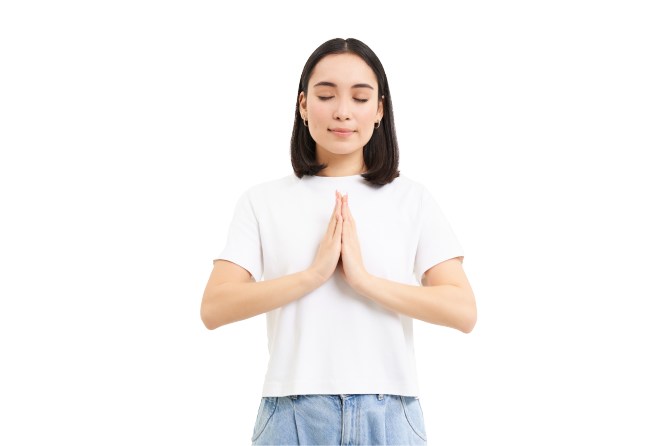Ayurveda is considered the mother of Eastern and Western medicine. The real beginnings of the history of Ayurveda are found in the practices of the first civilizations of the Indus Valley, 5,000 years ago without however being able to be precisely dated.
However, we can estimate this temporality based on the period of writing of the Vedas. The collections that are the Vedas are considered fundamental texts, the result of a collegial gathering of sages divulging their knowledge and practices transmitted over several generations. Their writings in the form of poems or songs (the Sutras) reveal the workings of our universe, including the use of elements present in nature to heal the human body.
We can thus follow the timeline from archaeological research on the evolution of the premises of medicine to the application of Ayurveda today.
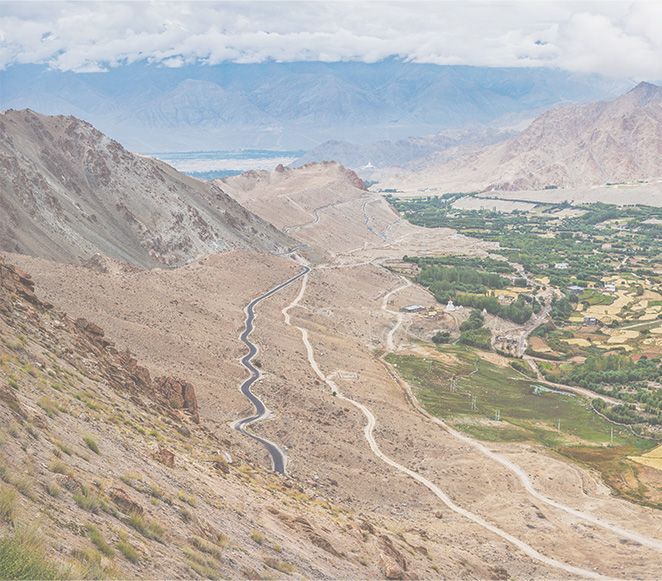
Pre-Vedic period:
5,000 years before Christ:
Signs of funeral ritual in the Indus Valley
3,000-1,600 years before Christ:
Growth of the Harappa city. The architectural constructions of these towns in the region still fascinate with their precision. We observe a reflection on the fact of caring for the body with the installation of bathrooms, latrines, and wastewater disposal in homes. A very wide variety of agriculture and livestock also shows the reflection on diversified nutrition.
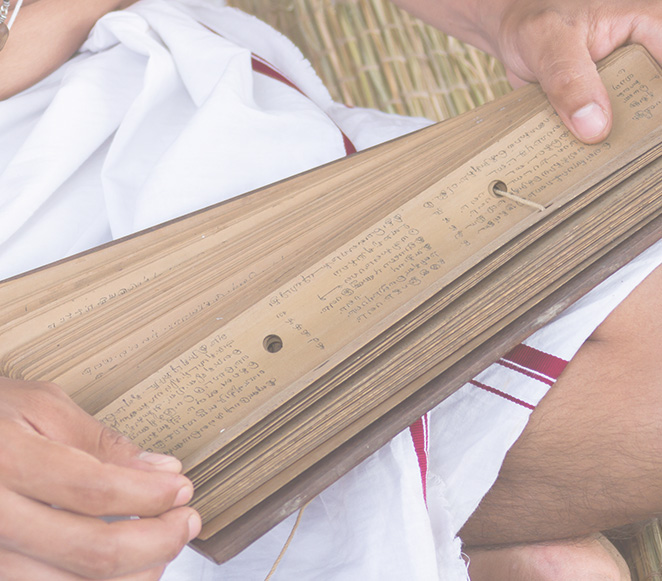
Vedic period:
1,500 years before Christ to 500 years after Christ:
- Writing of the first Vedas. The first is the Rig Vedas, it will then be followed by three others: Sama Veda, Yajur Veda, and Atharva Veda. The fourth, Atharva Veda, is more specifically dedicated to the knowledge and use of the plant, animal, and mineral world for healing. It is precisely from this Veda that Ayurveda comes.
- The work of Charaka, one of the great medical sages, is collected during this period and compiled in the form of an "encyclopedia". The Charaka Samhita is still studied in today's universities. The diagnosis, the identification of diseases, the action of remedies, and the care of the body are clearly described there.
500 years before Christ:
The Buddhist period gave great support to the exploration of Ayurveda, with certain monasteries becoming centers for the study of anatomy, pharmacology, therapeutic practices, etc.
Classical period of India:
500 BC to 400 CE:
- Ayurveda develops into 8 branches of specialties: internal medicine, ENT, pediatrics, surgery, treatment of poisoning, Panchakarma, organic regeneration and psychology.
- Sushruta, the Ayurvedic surgeon, will accomplish great works. Certain current practices are, moreover, heirs of this.
- In the Indus Valley, the city of Taksha Shila is an important center of learning for Vedic and Buddhist studies. It can be described as the first international university covering all fields of science: mathematics, medicine, politics, war, astrology, astronomy, music, dance, religion, vedas, grammar, agriculture, surgery, commerce, and philosophy. Located on the Silk Road, it has attracted students from many countries such as China, Arabia, Egypt, Syria, and Greece.
From 400 to 600 :
The third encyclopedia still taught in current universities was created on the initiative of Vagbhata, wise man and doctor. Her name is Astanga Hrydaya.
Beginning of the modern era
From 1500 to 1858 :
Medicine influences from elsewhere have begun to change the landscape. The Mughal dynasty, the arrival of the Portuguese, the Dutch and then the English brought in turn their culture and their medicine. Ayurveda was then considered a cult, a ritual or even a cultural practice. Very often, it was restricted, and doctors prohibited from practicing. Ayurveda slowly declined but continued to be practiced in remote countryside.
From 1890 to 1968 :
Traditional medicine, stemming from family lines or original teachings (from master to disciple), experienced a sharp decline. The institutionalization of Ayurvedic medicine was encouraged, with the establishment of university degree courses.
Contemporary period
From 1968 to 1971 :
During a major fundamental reform of academic, research and medical institutions, the Indian government created the Central Council of Indian Medicine.
1968 :
Following the Alma-ata international conference bringing together 137 countries, the World Health Organization (WHO) calls for collaborative work between modern and traditional medicine for the collective good.
1982 :
The WHO recognizes Ayurveda as a real health system to be valued and developed.
2003 :
Creation of the AYUSH health ministry (Ayurveda, Yoga, Unani, Siddha, Homeopathy) opening the development of studies and research with all the existing health systems in India.
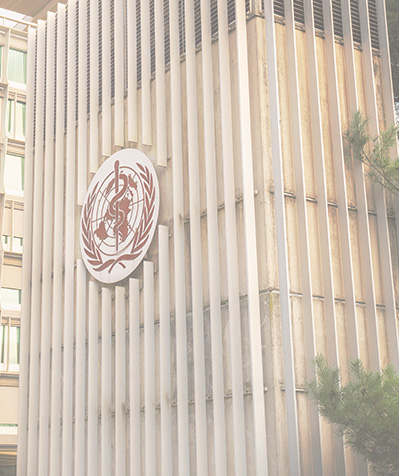
Today, Ayurveda is the health system from which 70% of the Indian population benefits. Several countries around the world have already included Ayurveda in their health systems and others are in the process of integrating it: Australia, Bangladesh, Islamic Republic of Iran, Italy, Malaysia, Mauritius, Nepal, Netherlands, New Zealand, Oman, Serbia, Singapore, South Africa, Sri Lanka, Switzerland, United Arab Emirates, and United States of America.
